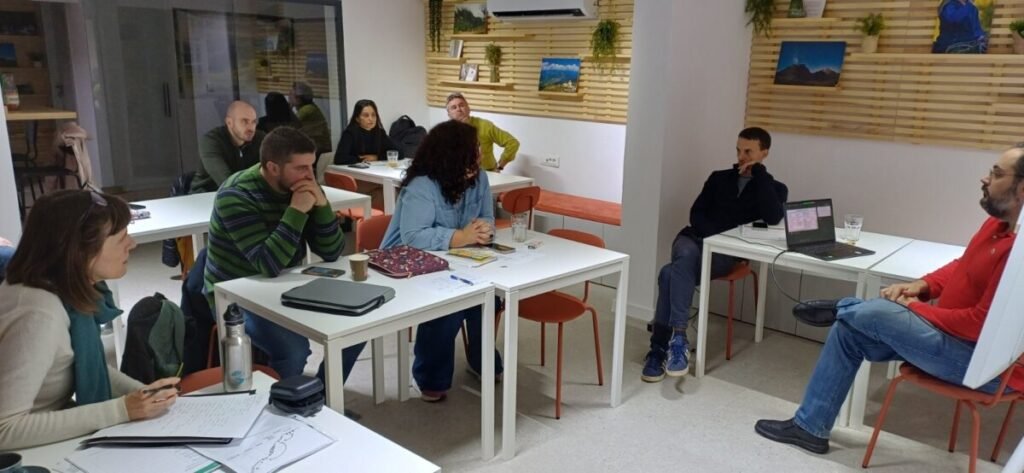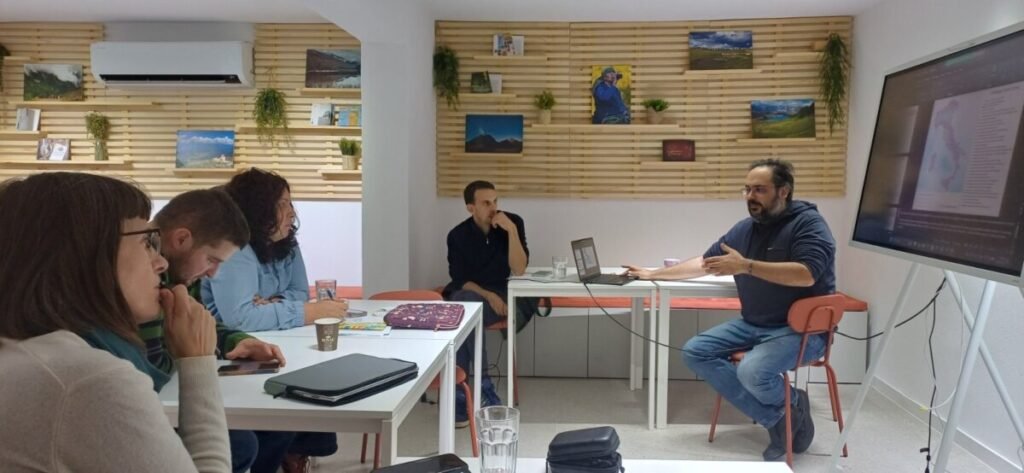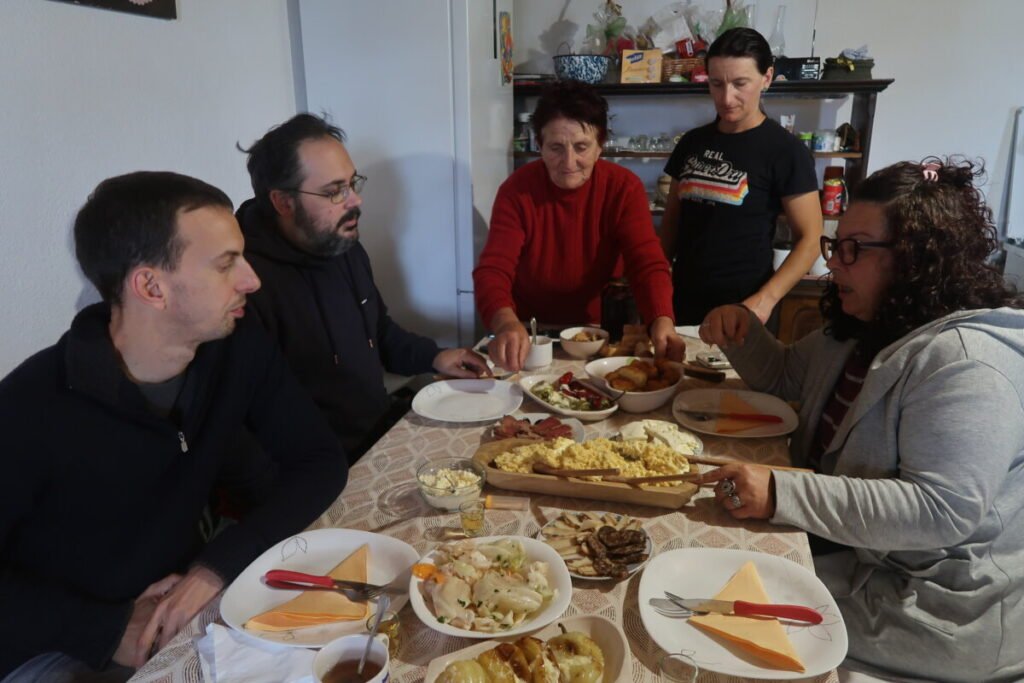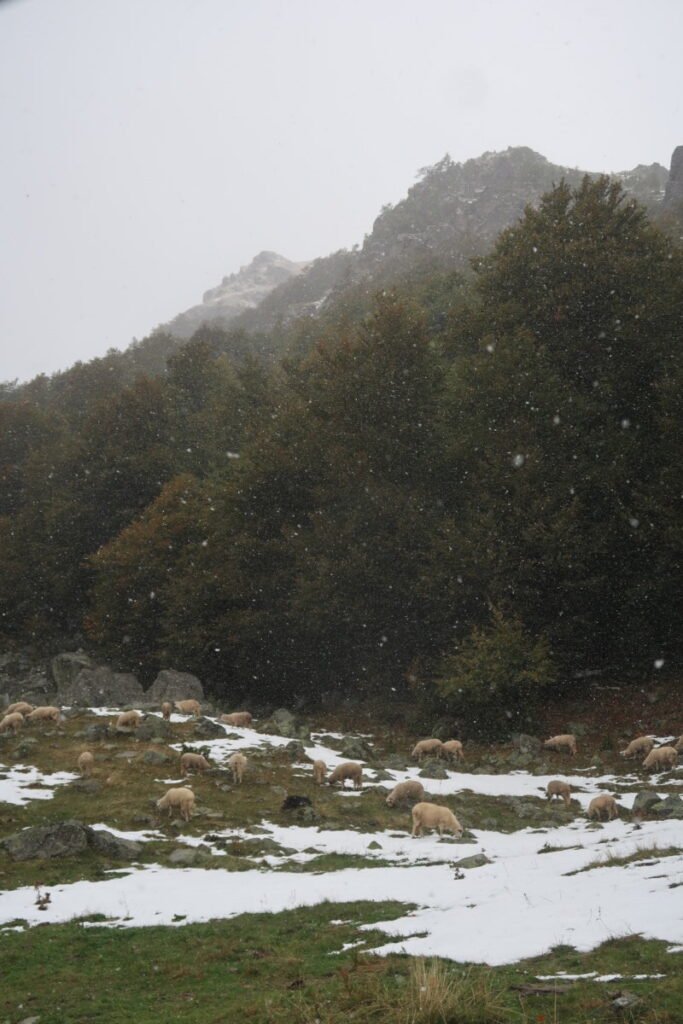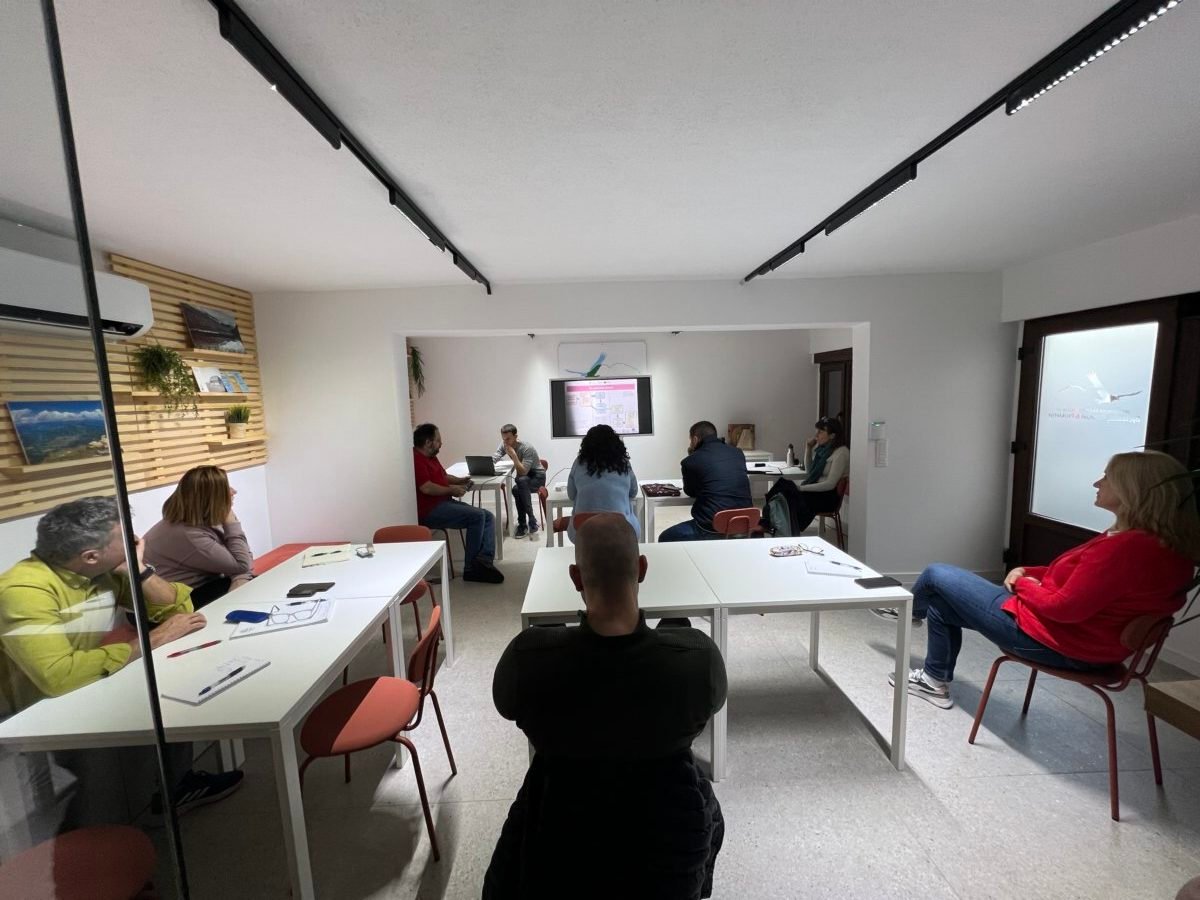
Within the EURO-MED program, through the MED GIAHS project, which aims to preserve traditional agricultural practices and recognize them as part of the Globally Important Agricultural Heritage Systems (GIAHS), the Regional Development Agency for Bjelasica, Komovi and Prokletije is implementing activities for the protection of katuns as a potential GIAHS site. The GIAHS program recognizes outstanding traditional land use systems, rich biodiversity, resilient ecosystems, and valuable cultural heritage managed by farmers, herders, and fishers around the world.
On October 7th and 8th, 2025, a training for trainers within the MED GIAHS project was organized in Montenegro, with the participation of Italian experts from the University of Florence, Dr. Antonio Santoro, Deputy Director of the UNESCO Chair on Agricultural Heritage Landscapes, and Francesco Piras, researcher at the same Chair.
On the first day, the Italian experts, in cooperation with the Regional Development Agency for Bjelasica, Komovi and Prokletije, visited several katuns and got acquainted with the tradition of seasonal mountain transhumance, the most authentic form of pastoral life in Montenegro. On the second day, a training for trainers was held, focused on the process of preparing the GIAHS nomination application, through familiarization with the program’s criteria and methodology.
The training was attended by representatives of the RDA Bjelasica, Komovi and Prokletije, the Ministry of Ecology, Sustainable Development and Northern Development, the Association of Rural Households of Montenegro, as well as local farmers.
Including katuns in the GIAHS network will contribute to preserving their identity and authenticity, improving the living conditions of the local population, and developing sustainable rural tourism. The application for recognizing katuns as a GIAHS site is planned by the end of the year, representing an important step towards international recognition of katuns as a living heritage that connects nature, tradition, and farmers.



